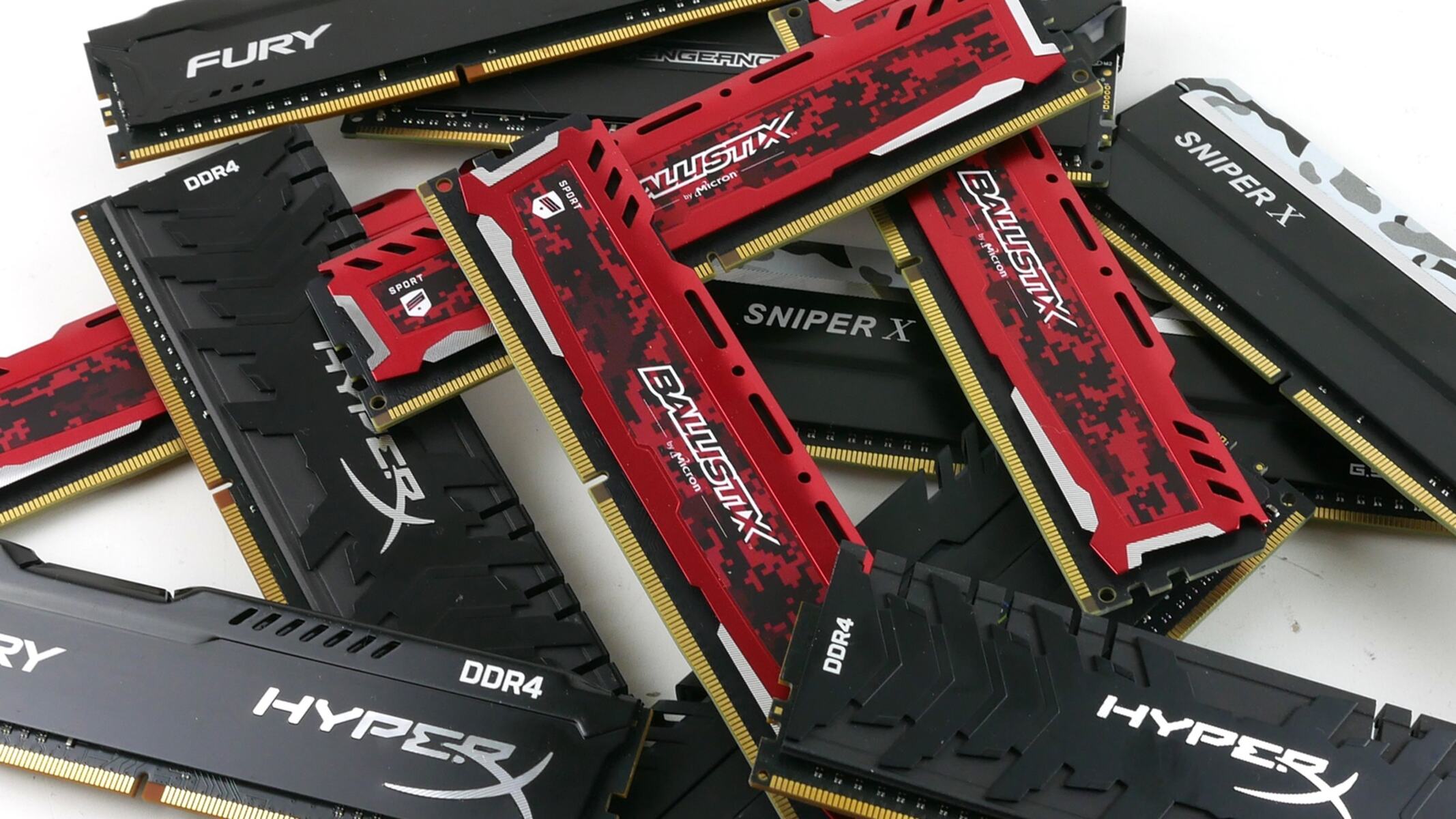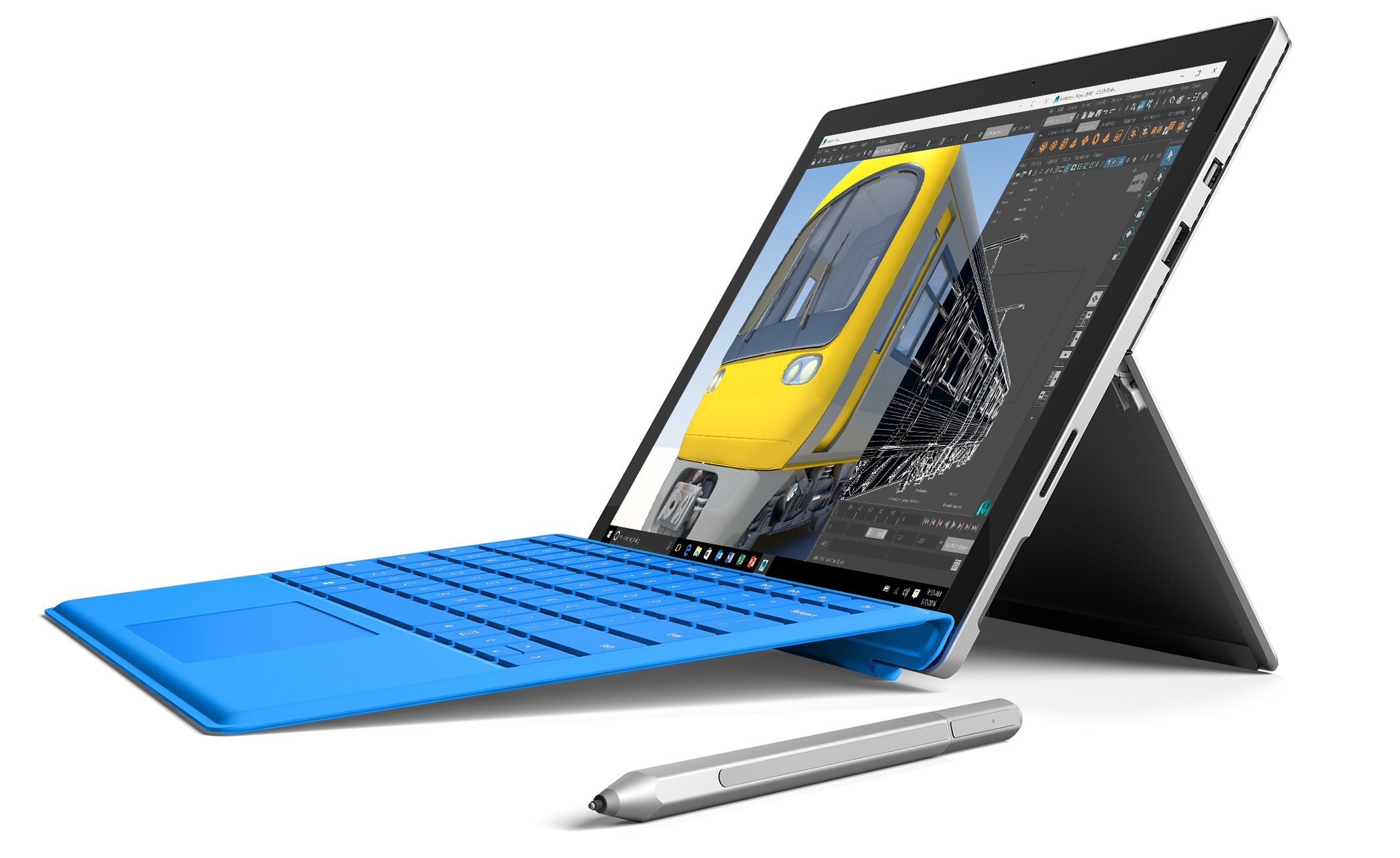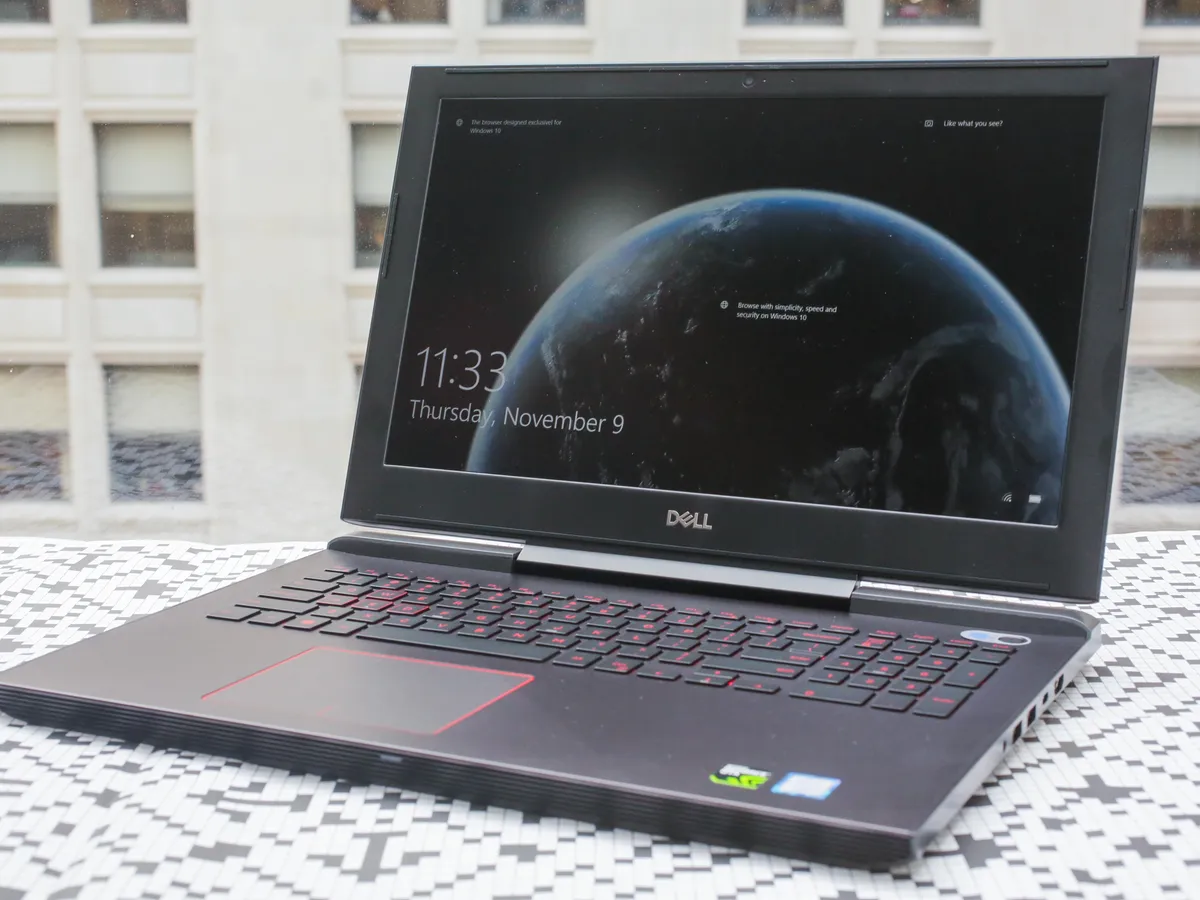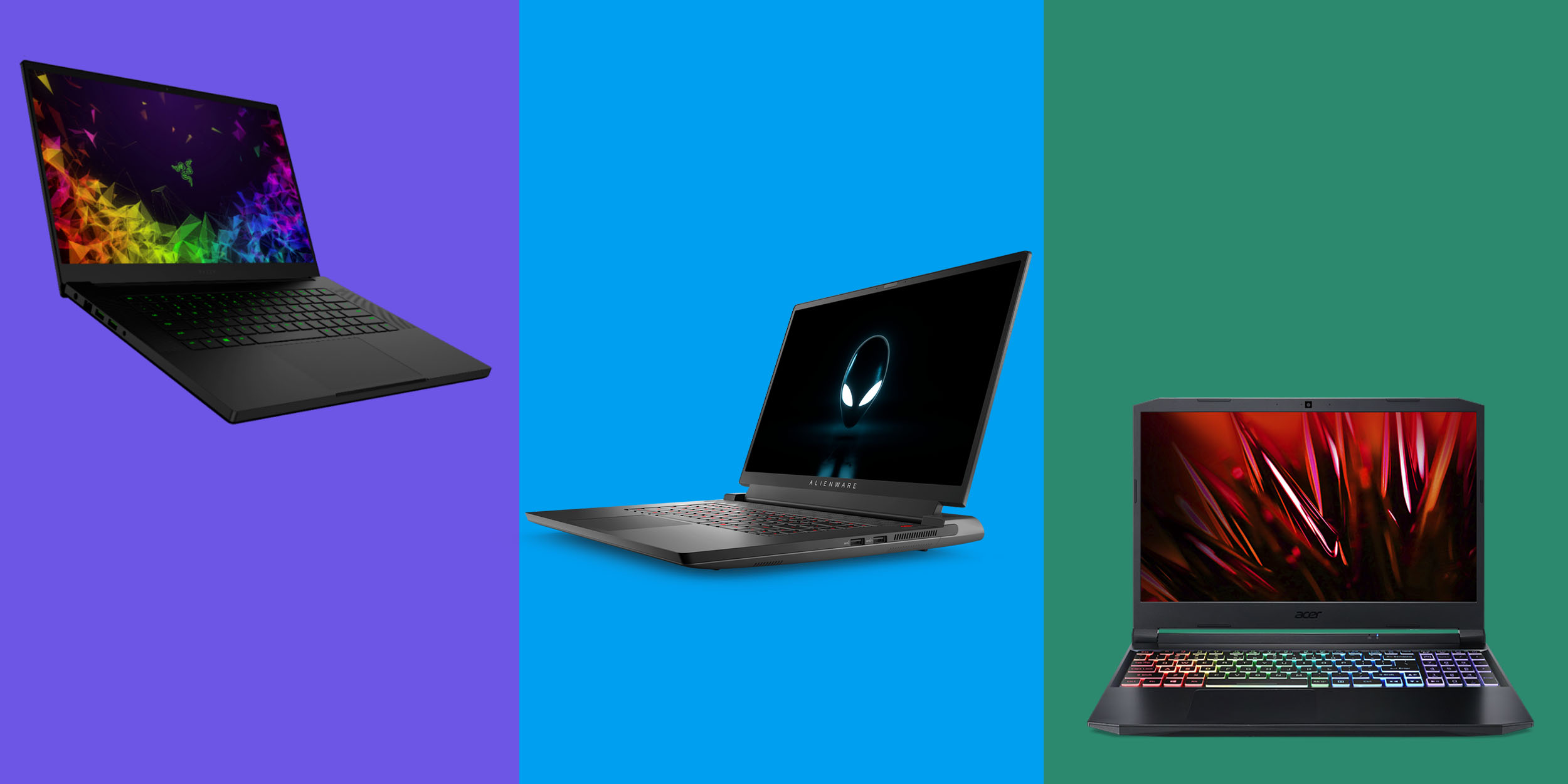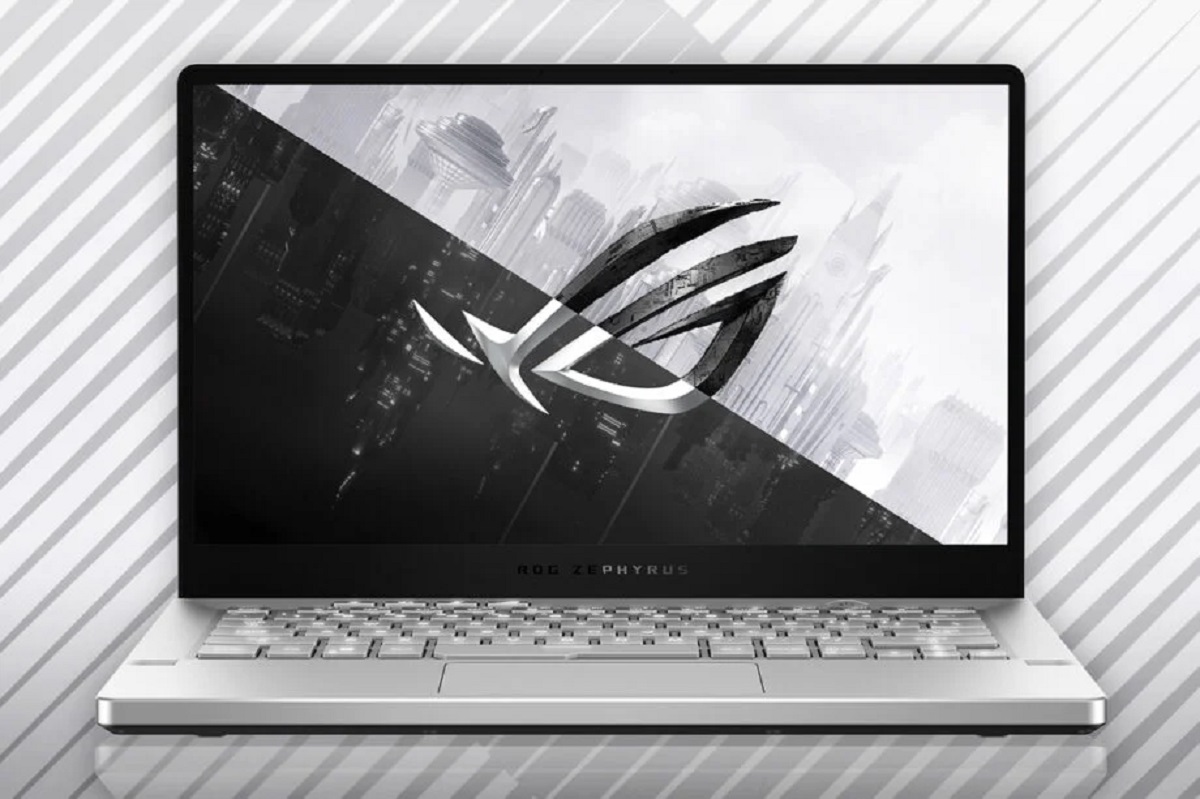What is RAM?
RAM stands for Random Access Memory, and it is an essential component in any computer or electronic device. It plays a crucial role in the overall performance and functionality of these devices. RAM is a type of computer memory that is responsible for temporarily storing and retrieving data that the CPU (Central Processing Unit) needs to access quickly. It acts as a bridge between the CPU and the storage devices, such as the hard drive or solid state drive (SSD).
Unlike storage devices that store data long-term, RAM is volatile memory, meaning it only holds data as long as the device is powered on. When the device is turned off, the data stored in RAM is lost. This is why it is often referred to as “temporary memory” or “working memory.”
RAM is used by the operating system and applications to store and process data in real time. It allows for fast access to information, enabling quick execution of tasks and applications. The more RAM a device has, the more data it can store temporarily, which can significantly improve multitasking capabilities and overall system performance.
RAM works by utilizing an array of memory cells, consisting of capacitors and transistors. Each memory cell can store a bit of data, either a 0 or a 1. The data in RAM is organized in a specific format, with each memory cell having an address that the CPU uses to access and manipulate the stored data.
When a user opens a file, runs a program, or performs any action that requires data processing, the required data is fetched from the storage devices and loaded into RAM. The CPU can then quickly access the data from RAM, rather than having to constantly read it from the slower storage devices, which would significantly impact performance.
How does RAM work?
RAM, or Random Access Memory, is a critical component in computers and electronic devices. It serves as a temporary storage space for data that the CPU needs to access quickly. Understanding how RAM works is essential for grasping the overall functionality and performance of a device.
RAM consists of millions of small memory cells that store data in binary format. Each memory cell is capable of storing either a 0 or a 1, representing off or on, respectively. These memory cells are organized in an array, with each cell having a unique address that the CPU uses to access and manipulate the stored data.
When a computer or device is powered on, the processor starts executing tasks and requires data to work with. This data is fetched from the storage devices, such as hard drives or solid-state drives, and loaded into RAM. Unlike storage devices, which provide long-term storage, RAM is volatile memory, meaning it holds data only as long as the device is powered on. When the device is turned off or restarted, the data in RAM is lost.
RAM works on the principle of random access, allowing the CPU to quickly access any data stored in the memory cells. This fast access is crucial for the efficient operation of the computer or device. When the CPU requires data, it sends a request to the RAM, specifying the address of the memory cell where the data is stored. The RAM locates the memory cell and retrieves the data, delivering it to the CPU for processing.
The speed at which the CPU can access the data in RAM depends on several factors. One of the primary factors is the clock speed of the RAM module, measured in megahertz (MHz). Higher clock speeds allow for faster data retrieval and processing. Another crucial aspect is the amount of RAM installed in the device. More RAM allows for larger amounts of data to be stored temporarily, leading to smoother multitasking and improved system performance.
Furthermore, RAM operates in conjunction with the operating system and applications. The operating system manages the allocation of RAM to different programs and creates a virtual memory system to address the limitations of physical RAM. Applications use RAM to load and execute their code, store temporary data, and hold the working data needed for efficient processing.
In summary, RAM acts as a bridge between the CPU and storage devices, providing a fast and temporary storage space for data. It plays a vital role in the performance of computers and electronic devices, enabling quick access and manipulation of data required for efficient operation.
Different Types of RAM
RAM, or Random Access Memory, comes in various types, each with its own characteristics and advantages. The type of RAM used in a computer or device affects its performance and compatibility. Here are some commonly used types of RAM:
- SRAM (Static Random Access Memory): SRAM is faster and more expensive compared to other types of RAM. It retains data as long as power is supplied, making it a type of volatile memory. SRAM is commonly used in cache memory, where quick access to data is crucial for CPU operations. It is faster than other types of RAM due to its structure, which uses flip-flops to store data.
- DRAM (Dynamic Random Access Memory): DRAM is a widely used type of RAM that stores each bit of data as a charge in a capacitor within an integrated circuit. However, as the name suggests, the stored charge gradually leaks away, requiring constant refreshing to retain data. DRAM is slower than SRAM but offers a higher density, making it more cost-effective for storing large amounts of data.
- SDRAM (Synchronous Dynamic Random Access Memory): SDRAM is an improvement over traditional DRAM. It is synchronized with the clock speed of the computer’s system bus, allowing for faster data transfers. SDRAM operates based on a burst mode, where it transfers multiple chunks of data with each clock cycle. This type of RAM is commonly used in desktop computers and laptops.
- DDR SDRAM (Double Data Rate Synchronous Dynamic Random Access Memory): DDR SDRAM is an evolution of SDRAM that provides even higher data transfer rates. It transfers data on both the rising and falling edges of the clock signal, effectively doubling the data rate. DDR SDRAM comes in different generations, with each successive generation offering faster performance and improved efficiency. For example, DDR3, DDR4, and DDR5 are commonly used in modern computers.
- LPDDR (Low Power Double Data Rate): LPDDR is a type of RAM designed for mobile devices. It is optimized for low power consumption, allowing for longer battery life without sacrificing performance. LPDDR is commonly used in smartphones, tablets, and other portable devices.
Each type of RAM has its own advantages and disadvantages, and the choice depends on factors such as system requirements, budget, and intended usage. It is important to consider the compatibility of the RAM with the computer or device, as well as the speed and capacity required for optimal performance.
Volatile vs Non-volatile Memory
In the world of computer memory, two important terms often come up: volatile and non-volatile memory. These terms describe the behavior of memory in terms of data retention when power is lost. Let’s explore the differences between volatile and non-volatile memory:
Volatile Memory:
Volatile memory refers to a type of memory that requires a continuous power supply to retain stored data. If the power is interrupted or turned off, the data stored in volatile memory is lost. RAM (Random Access Memory) is a prime example of volatile memory. When you shut down your computer, the data stored in RAM is erased. However, volatile memory offers several advantages as well. It provides fast data access and enables quick read and write operations, making it ideal for storing data that needs to be accessed and processed quickly.
Non-volatile Memory:
Non-volatile memory, on the other hand, retains data even when power is lost. This type of memory is commonly used for long-term data storage. Examples of non-volatile memory include hard disk drives (HDD), solid-state drives (SSD), flash memory, and read-only memory (ROM). Non-volatile memory provides the ability to withstand power loss and retains data for extended periods, making it suitable for devices where data persistence is crucial.
Key Differences:
The most crucial difference between volatile and non-volatile memory lies in their data retention capabilities. Volatile memory loses data when power is lost, while non-volatile memory retains data even without power. This fundamental difference impacts the utilization and application of these memories in various devices.
In terms of speed, volatile memory, such as RAM, offers faster read and write operations since data access is immediate. Non-volatile memory, like solid-state drives or hard disk drives, provides slower read and write speeds but allows for long-term storage and retrieval of data.
Another important difference relates to the cost and capacity. Volatile memory is typically more expensive and offers lower storage capacity compared to non-volatile memory. This is why volatile memory is commonly used for temporary storage and fast data access, while non-volatile memory is utilized for long-term storage of a large amount of data.
It’s worth noting that some hybrid memory technologies aim to bridge the gap between volatile and non-volatile memory, offering the best of both worlds – fast access and long-term data retention. These technologies combine the speed of volatile memory with the non-volatility of storage devices, providing better performance and efficiency for certain applications.
In summary, the distinction between volatile and non-volatile memory lies in their data retention characteristics when power is lost. Volatile memory, like RAM, loses data without continuous power, while non-volatile memory, such as storage devices, retains data even without power. Understanding their differences helps determine the appropriate use of each type of memory in various computing devices.
Which Type of RAM Needs to be Recharged?
When it comes to RAM (Random Access Memory), different types have different characteristics, including their need for recharging. To understand which type of RAM needs to be recharged, we need to explore the distinction between volatile and non-volatile memory.
Volatile memory, like RAM, needs to be constantly refreshed or recharged to retain the stored data. This is because volatile memory relies on the presence of electrical charges to hold the information. Once the power supply is interrupted or turned off, the stored data in volatile memory is lost. Therefore, to prevent data loss, volatile memory, such as RAM, needs to be recharged as long as the device is powered on.
As the primary memory in a computer or electronic device, RAM functions as a temporary storage space for data that the CPU (Central Processing Unit) needs to access quickly. It stores data that is actively being used by the device, allowing for faster and more efficient processing. However, this temporary storage requires constant power to maintain data integrity.
Non-volatile memory, on the other hand, does not require recharging as it retains data even when power is lost. Examples of non-volatile memory include storage devices like hard disk drives (HDDs), solid-state drives (SSDs), and flash memory. Once data is written to non-volatile memory, it remains intact until it is modified or erased intentionally.
It is important to note that while RAM needs to be recharged to retain data, it does not require a separate rechargeable battery. The power supply of the device itself provides the necessary electrical charge to keep the data intact in RAM.
Recharging of RAM happens automatically as long as the device remains powered on. The memory controller within the device ensures that the necessary electrical charges are maintained within the memory cells, preventing data loss due to power interruptions or shutdowns.
It is worth mentioning that advancements in technology have led to the development of different types of RAM, such as dynamic random-access memory (DRAM) and static random-access memory (SRAM). Both DRAM and SRAM are volatile memory types and require constant recharging to retain data.
In summary, volatile memory types like RAM need to be constantly recharged to retain the stored data. This constant recharging ensures that the electrical charges holding the data in RAM remain intact as long as the device is powered on. On the other hand, non-volatile memory, such as storage devices, does not require recharging as it retains data even without power.
Factors that Affect the Need for Recharging
While RAM (Random Access Memory) needs to be recharged to retain data, the frequency and necessity of recharging can be influenced by several factors. These factors determine the rate at which the electrical charges in RAM cells dissipate and affect the overall need for recharging:
Power Supply
The stability and quality of the power supply to the device can impact the need for recharging. If the power supply is unstable or fluctuates frequently, it can lead to inconsistent power delivery to the RAM. Unstable power can cause data corruption or loss, increasing the requirement for recharging to maintain data integrity in RAM.
Operating Temperature
The temperature at which the device operates can affect the need for recharging. High operating temperatures can accelerate the dissipation of electrical charges in RAM cells. In such cases, more frequent recharging is required to counteract the faster discharge, ensuring that the data in RAM remains intact.
Operating Time
The duration for which the device remains powered on without interruption affects the need for recharging. Longer operating times increase the likelihood of power interruptions or shutdowns, risking data loss in RAM. To mitigate this, regular recharging is necessary to maintain stable electrical charges and preserve the stored data in RAM.
RAM Capacity
The amount of RAM installed in a device can influence the need for recharging. Devices with larger RAM capacities tend to have more cells that require charging, which can result in a higher rate of charge dissipation. In such cases, more frequent recharging may be necessary to ensure data retention and prevent performance degradation.
RAM Technology
The specific technology employed in RAM can also impact the need for recharging. Different types of RAM, such as Dynamic RAM (DRAM) or Static RAM (SRAM), have varying charge retention characteristics. DRAM cells require regular refreshing to maintain their charges, making them more susceptible to charge dissipation and necessitating more frequent recharging compared to SRAM.
Usage Patterns
The intensity and nature of usage patterns can influence the need for recharging as well. Activities that involve heavy data transfers, intense multitasking, or running resource-demanding applications can put a strain on RAM. In such cases, more frequent recharging may be necessary to ensure optimal performance and prevent data loss due to insufficient charge retention.
Device Age and Wear
The age of the device and wear on its components can impact the need for recharging. As electronic components age, they may experience degradation or wear, which can affect the overall efficiency of power delivery to the RAM. Older devices or those with worn-out components may require more frequent recharging to compensate for reduced charge retention capabilities.
In summary, several factors can influence the need for recharging RAM. Power supply stability, operating temperature, RAM capacity, RAM technology, usage patterns, device age, and wear all play a role in determining how frequently recharging is required to maintain data integrity and optimal performance. Understanding these factors can help ensure proper maintenance and efficient use of RAM in computer systems and electronic devices.
Advantages and Disadvantages of Rechargeable RAM
Rechargeable RAM, also known as volatile memory, plays a vital role in the performance of computers and electronic devices. Understanding the advantages and disadvantages of rechargeable RAM is crucial for evaluating its suitability for specific applications. Here are some key points to consider:
Advantages:
1. Speed: Rechargeable RAM, such as Dynamic RAM (DRAM), offers fast read and write speeds, allowing for quick data access and processing. This speed is essential for tasks that require real-time data manipulation and efficient multitasking.
2. High Performance: Rechargeable RAM enables smooth and efficient operation of applications, leading to enhanced performance and responsiveness. It allows for rapid execution of tasks, reducing loading times and improving overall user experience.
3. Flexibility: The volatile nature of rechargeable RAM provides flexibility in data storage and retrieval. It allows for dynamic allocation and deallocation of memory, enabling on-the-fly adjustments to meet application and system requirements.
4. Cost-effective: Rechargeable RAM, particularly DRAM, is generally more affordable compared to non-volatile memory technologies. This cost-effectiveness makes it feasible to implement higher capacities of RAM in devices, improving performance without significantly increasing costs.
5. Energy-efficient: Unlike non-volatile memory, rechargeable RAM does not require continuous power when not in use. This energy efficiency translates into lower power consumption, contributing to longer battery life in portable devices.
Disadvantages:
1. Volatility: The volatile nature of rechargeable RAM means that data is lost when the power supply is interrupted or turned off. This makes it necessary to save important data to non-volatile storage devices regularly to prevent permanent data loss.
2. Limited Capacity: Rechargeable RAM has limited storage capacity compared to non-volatile memory technologies like HDDs or SSDs. As a result, large amounts of data may need to be stored on external storage devices, which can impact accessibility and retrieval times.
3. Data Refreshing: Rechargeable RAM, particularly DRAM, requires regular refreshing to maintain the integrity of stored data. This process can consume additional processing power and memory resources, slightly reducing overall system performance.
4. Power Dependency: Rechargeable RAM relies on a continuous power supply to retain data. This means that in the event of a power outage or system failure, unsaved data may be lost, potentially leading to interruptions and data corruption.
5. Heat Generation: While operating, rechargeable RAM can generate heat, especially during intensive usage. Proper cooling mechanisms must be in place to prevent overheating, as high temperatures can cause performance degradation and system instability.
Ultimately, the advantages and disadvantages of rechargeable RAM must be considered in the context of specific applications and the intended use of the device. While it provides high performance and flexibility, precautions must be taken to ensure data integrity and backup procedures are in place to mitigate the risk of data loss.
Future Developments in Rechargeable RAM Technology
As technology continues to advance, the field of rechargeable RAM, or volatile memory, is also evolving. Researchers and engineers are constantly working on developing new technologies and improving existing ones to enhance the performance, capacity, and energy efficiency of rechargeable RAM. Here are some potential future developments in rechargeable RAM technology:
1. Increased Capacities:
One area of focus in rechargeable RAM research is increasing the storage capacity of volatile memory. As data-intensive applications and multimedia content become more prevalent, the demand for higher-capacity RAM modules continues to grow. Future developments may include advancements in memory cell design or alternative materials that allow for larger storage capacities in smaller physical form factors.
2. Faster Speeds:
Improving the speed of rechargeable RAM is another significant area of research. Faster access times and data transfer rates can have a profound impact on overall system performance. Potential developments may involve innovations in memory architecture, circuit design, or data transfer protocols to enable even faster read and write speeds, reducing latency and enhancing real-time data processing capabilities.
3. Enhanced Power Efficiency:
Energy efficiency is a critical consideration in modern computer systems, especially for portable devices that rely on battery power. Future developments in rechargeable RAM technology may focus on reducing power consumption while maintaining high performance. Advancements in circuit design, power management techniques, and low-power modes can contribute to increased energy efficiency in volatile memory.
4. Non-volatile RAM:
Efforts are being made to develop hybrid technologies that combine the speed of volatile memory with the non-volatility of storage devices. These technologies aim to bridge the gap between volatile and non-volatile memory, offering the best of both worlds. Non-volatile RAM (NVRAM) technologies, such as phase-change memory (PCM) or resistive RAM (ReRAM), show promise in terms of providing faster and more energy-efficient alternatives to traditional volatile memory.
5. Improved Reliability and Data Retention:
Researchers are also exploring ways to enhance the reliability and data retention capabilities of rechargeable RAM. By developing better error correction techniques, increasing the durability of memory cells, and implementing robust data integrity mechanisms, future rechargeable RAM technologies aim to minimize the risk of data loss and improve overall system stability.
6. Advanced Memory Management:
Efficient memory management is crucial for optimizing system performance. Future developments in rechargeable RAM may focus on intelligent memory management techniques, such as improved caching algorithms, dynamic allocation strategies, and adaptive memory access mechanisms. These advancements aim to optimize memory utilization, reduce latency, and maximize the overall efficiency of volatile memory in various computing applications.
In summary, the future of rechargeable RAM technology holds great promise in terms of increased capacities, faster speeds, improved power efficiency, and enhanced reliability. The development of non-volatile RAM technologies and advanced memory management techniques further expands the possibilities for optimizing system performance and improving user experiences in the evolving landscape of computing and electronic devices.
Conclusion
RAM, or Random Access Memory, plays a critical role in the performance and functionality of computers and electronic devices. Understanding the different types of RAM, such as volatile and non-volatile memory, helps us comprehend their characteristics and requirements.
Volatile memory, like RAM, requires constant recharging to retain data. It offers fast access speeds, high performance, flexibility, cost-effectiveness, and energy efficiency. However, volatile memory is limited in capacity and experiences data loss when power is interrupted, requiring frequent data-saving procedures and precautions.
Non-volatile memory, on the other hand, retains data even without power and is commonly used for long-term storage. Examples include hard disk drives (HDDs), solid-state drives (SSDs), and flash memory. Non-volatile memory provides data persistence but may be slower in read and write speeds compared to volatile memory.
Factors such as power supply stability, operating temperature, operating time, RAM capacity, RAM technology, usage patterns, device age, and wear affect the need for recharging volatile memory. By considering these factors, reliable and efficient utilization of volatile memory can be ensured.
Looking to the future, innovations in rechargeable RAM technology are expected to bring increased capacities, faster speeds, improved power efficiency, non-volatile alternatives, and more advanced memory management techniques. These advancements aim to meet the growing demands of data-intensive applications, enhance system performance, reduce power consumption, and improve data reliability.
In conclusion, volatile memory, specifically rechargeable RAM, provides essential storage capabilities for fast data access and processing. While it requires constant recharging and has limitations, advancements in technology continue to push the boundaries of what is possible for volatile memory, ensuring its continued relevance in the ever-evolving landscape of computing and electronic devices.







